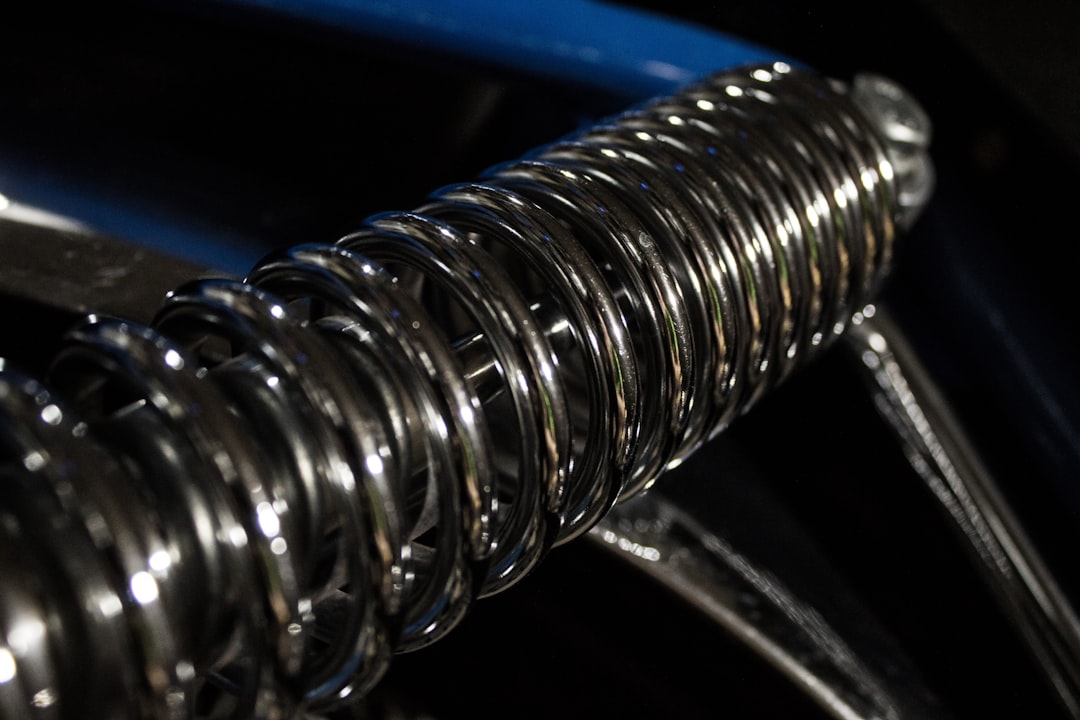What is it about?
The Doppler-signal processing method based on two integral convolutions is introduced. While reducing the noise of the experimental signal, these two transforms produce the first Doppler harmonic and its quadrature complement, knowing which gives possibility to find an approximation of both Doppler signal frequency and Doppler phase, as well as the local rms frequency error. The iterative procedure to estimate frequency, which converges in the mean to vicinity of the Doppler frequency, is proposed. The best method resolution reaches the Doppler period. Example velocity profiles in this article are reconstructed from two experimental Doppler signals.
Featured Image

Photo by VM Quezada on Unsplash
Why is it important?
I think the method is the first one, applied to renconstruct Doppler frequency with single beat period resolution and to estimate rms frequency error as function of local frequency and amplitude of the signal and spectral noise density.
Perspectives
I hope to extend the method to reconstruct acceleration too.
Nikolay Anikin
Federal State Unitary Enterprise “Russian Federal Nuclear Center—Zababakhin All-Russia Research Institute of Technical Physics”
Read the Original
This page is a summary of: Quadrature complement method for time-resolved signal frequency reconstruction, Review of Scientific Instruments, July 2021, American Institute of Physics,
DOI: 10.1063/5.0044154.
You can read the full text:
Contributors
The following have contributed to this page










